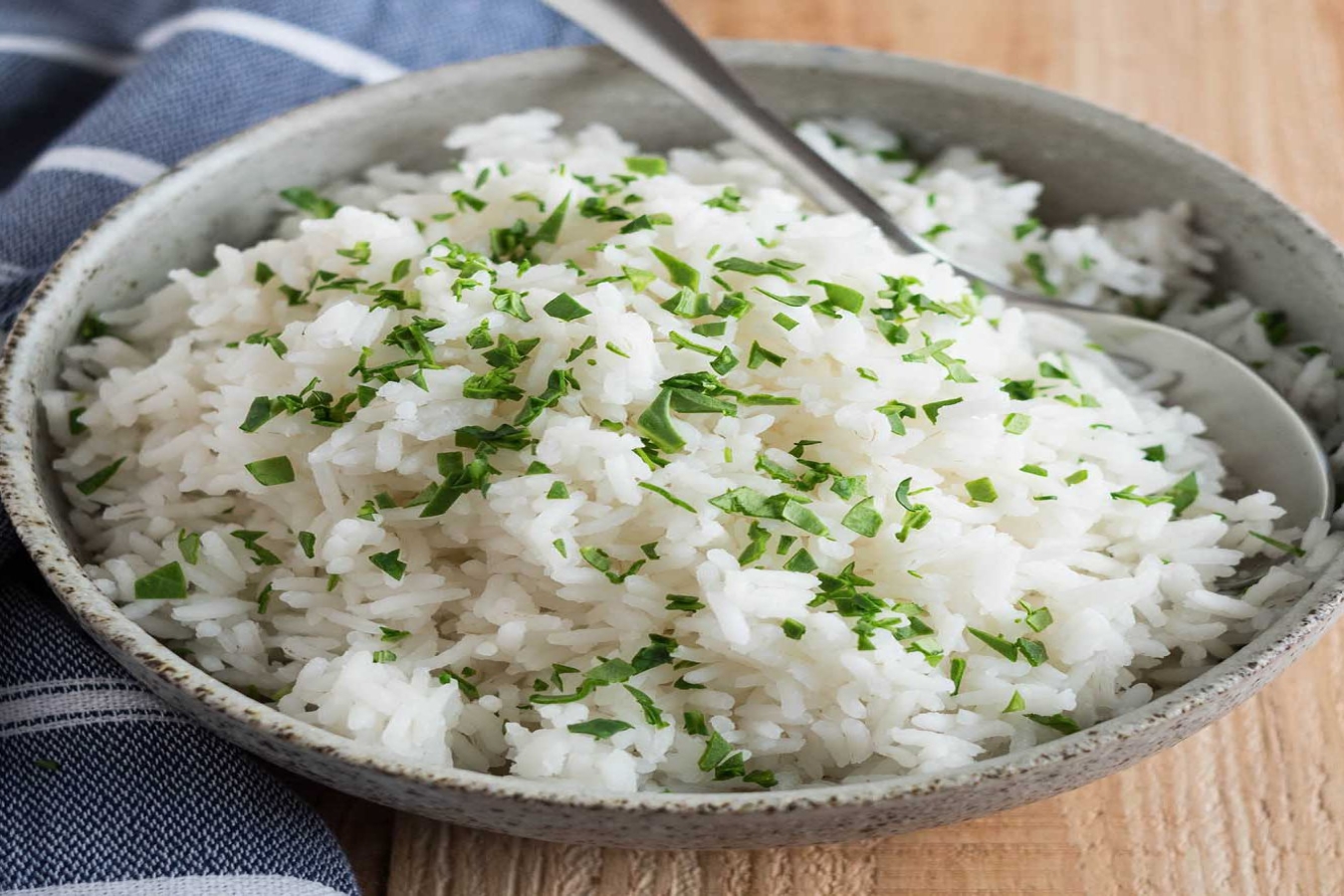


 9:51:43
9:51:43  2022-10-19
2022-10-19  999
999

Rice is a main staple in more than 100 countries worldwide. In some households, rice is included with more than one meal a day. This starchy high-calorie grain is generally low cost, making it accessible to all and a vital base of many diets. Each country showcases a rice specialty to reflect local spices and taste preferences: risotto in Italy, paella in Spain, jambalaya in the southern U.S., coconut rice in Colombia, steamed rice in China, rice and beans in Mexico, and sweet rice in Portugal, to name a few.
The scientific name for rice is Oryza. Oryza sativa is the most common species and is subdivided into the long-grain indica, and short-grain japonica. Tools for farming rice have been found in China dating back 8000 years. Merchant traders helped the gradual spread of rice across the continents.
There are thousands of types of Oryza sativa, which can differ in size, thickness, stickiness, color, aroma, and flavor. Rice is often broadly categorized based on its shape or method of processing.
Reality Of Islam |
|

A tiny robo

By applying

Stanford, C

A new study
 9:3:43
9:3:43
 2018-11-05
2018-11-05
10 benefits of Marriage in Islam
 7:5:22
7:5:22
 2019-04-08
2019-04-08
benefits of reciting surat yunus, hud &
 9:45:7
9:45:7
 2018-12-24
2018-12-24
advantages & disadvantages of divorce
 11:35:12
11:35:12
 2018-06-10
2018-06-10
 6:0:51
6:0:51
 2018-10-16
2018-10-16
 8:30:23
8:30:23
 2022-03-03
2022-03-03
 10:43:56
10:43:56
 2022-06-22
2022-06-22
 12:10:56
12:10:56
 2022-11-17
2022-11-17
 5:57:34
5:57:34
 2023-03-18
2023-03-18
 10:47:11
10:47:11
 2022-11-22
2022-11-22
 1:38:41
1:38:41
 2021-12-08
2021-12-08
 9:30:2
9:30:2
 2021-11-12
2021-11-12
 5:41:46
5:41:46
 2023-03-18
2023-03-18
| LATEST |